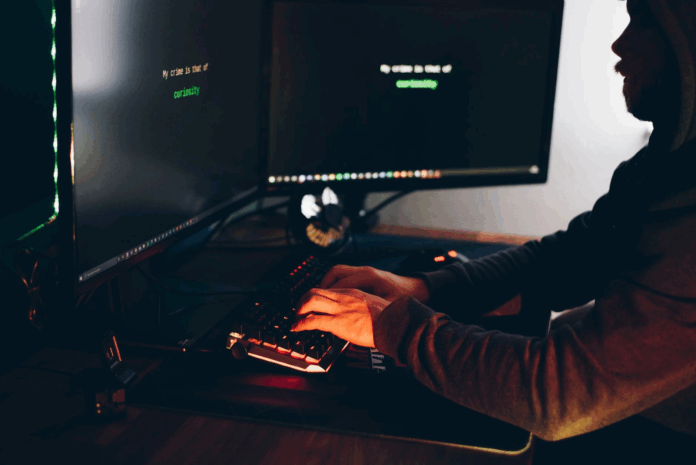The shift to remote work has brought numerous benefits, including increased flexibility and productivity. However, it has also introduced a plethora of cybersecurity challenges that organisations must navigate to protect sensitive data and maintain uninterrupted workflows.
Faruq Aremu, a cybersecurity expert specialising in Security Operations Centre (SOC) and digital forensics, and Technical Lead at Knight Dojo, said, “The remote work era demands a new approach to cybersecurity, one that prioritises flexibility, scalability, and continuous monitoring.”
Remote work environments face a range of cyber threats that can compromise company data and systems. Phishing and social engineering attacks are major concerns, where remote workers are targeted with fake emails or tactics that trick them into revealing sensitive information or allowing unauthorised access to company systems.
Home networks used for remote work often lack strong security, making them vulnerable to hacking and data theft.
Using personal devices for work without proper antivirus software or encryption can also lead to data breaches. Furthermore, employees may use unapproved apps or cloud services, known as shadow IT, which can bypass security protocols and put company data at risk.
Remote work also increases the risk of data loss due to inadequate protection policies, which can result in sensitive information being lost or stolen. To address these risks, organisations must implement robust cybersecurity measures to safeguard their remote work environments and ensure the security of their data and systems.
To mitigate the risks associated with remote work, organisations should adopt a comprehensive approach to cybersecurity. This involves implementing several key practices. First, a zero-trust framework verifies user identities and device security before granting access to company systems and data, ensuring only authorised personnel can access sensitive information.
Multi-factor authentication adds an extra layer of protection beyond passwords, making it harder for unauthorised individuals to gain access. Organisations should also use user behaviour analytics tools to monitor user activity and detect potential security threats in real-time.
Proper cloud configurations and access are crucial to prevent gaps in cloud infrastructure that attackers can exploit. Regular security audits help identify vulnerabilities before they become major incidents. Educating employees on cybersecurity best practices is also vital, as informed employees can recognise phishing emails, use strong passwords, and follow security protocols.
Using Virtual Private Networks (VPNs) encrypts internet traffic and masks IP addresses, adding protection for sensitive data. Finally, strong password policies, including unique and complex passwords with two-factor authentication, significantly enhance an organisation’s security posture. By implementing these practices, organisations can effectively protect their remote work environments.
The world of remote work and cybersecurity is constantly changing. Some important statistics and trends are emerging. A significant number of IT leaders, approximately 74%, believe AI-powered attacks pose a major threat to their organisation’s security. This shows growing concern about advanced cyber threats. In remote work, there’s a clear shift towards flexible arrangements.
About 52% of US employees work in hybrid environments, and 27% work fully remotely. Remote work has also become crucial for job satisfaction. Around 64% of remote workers would likely quit if their flexible work options were taken away. This highlights the importance of flexible work in keeping employees happy.
These trends indicate that organisations must prioritise cybersecurity and adapt to the evolving work landscape to safeguard their assets and meet the needs of their employees.
Remote work presents its own set of cybersecurity challenges, demanding a proactive and flexible approach to stay ahead of emerging threats. By implementing essential best practices, such as zero-trust frameworks, multi-factor authentication, and regular employee training, organisations can significantly reduce the risk of cyber-attacks and safeguard sensitive data.
Effective cybersecurity is not a one-time task but an ongoing process.
“Cyber security is a continuous process that requires ongoing monitoring, evaluation, and improvement,” said Aremu.
Therefore, organisations must prioritise cybersecurity, stay up-to-date with the latest threats and trends, and continually assess and enhance their security measures to ensure the integrity and security of their remote work environments.
Funminiyi B. Philips is a cybersecurity enthusiast. He can be reached on LinkedIn




